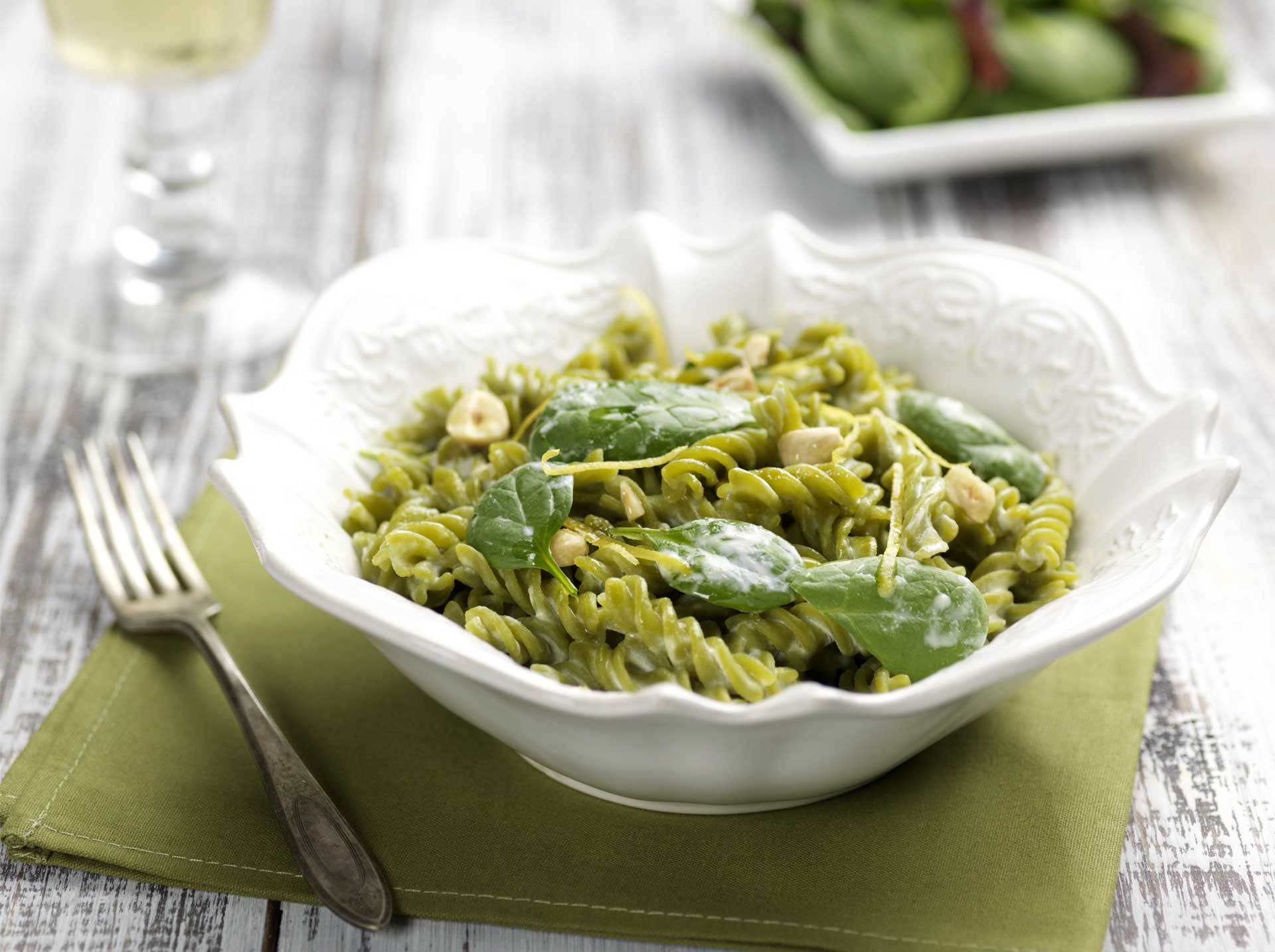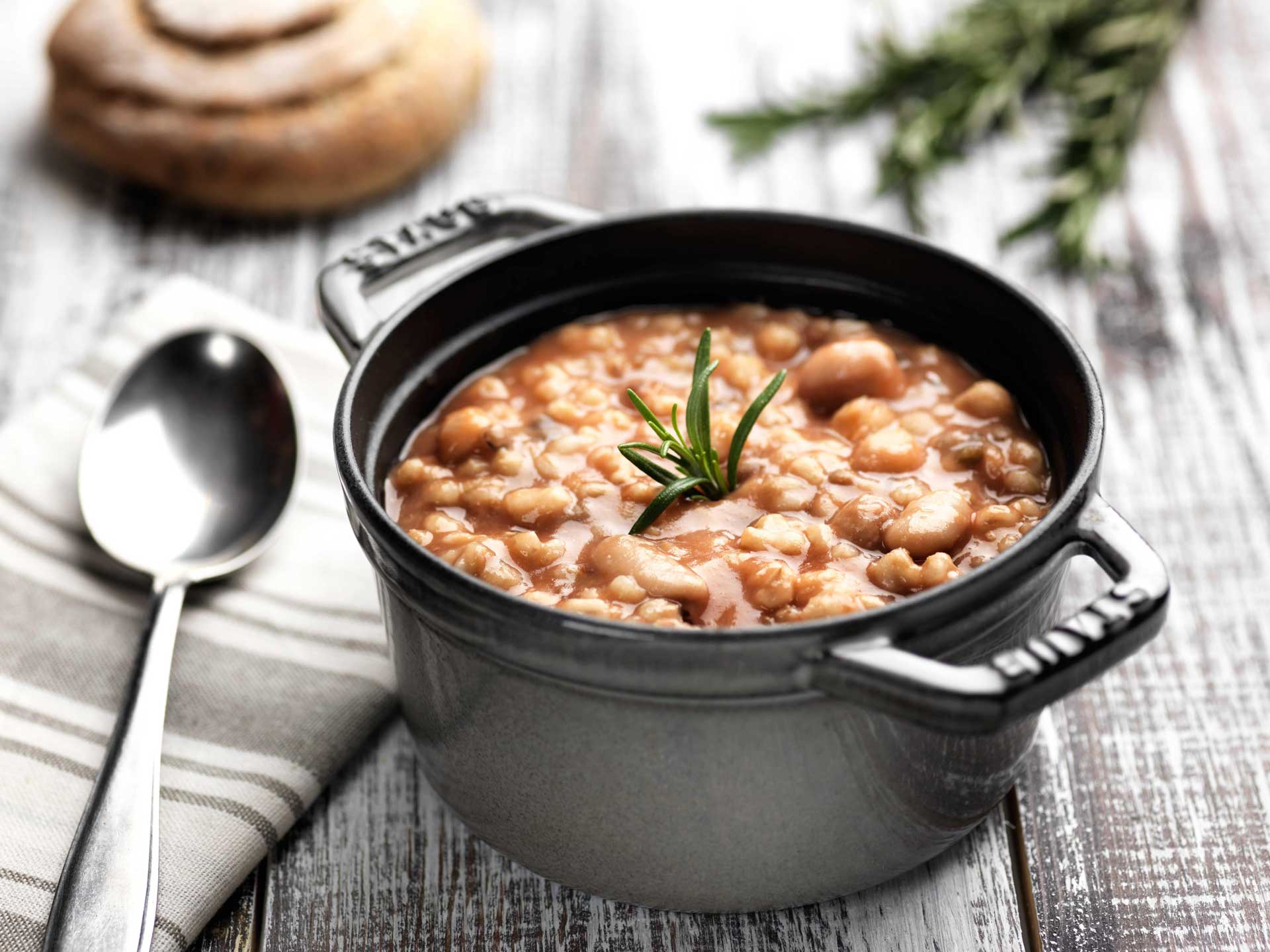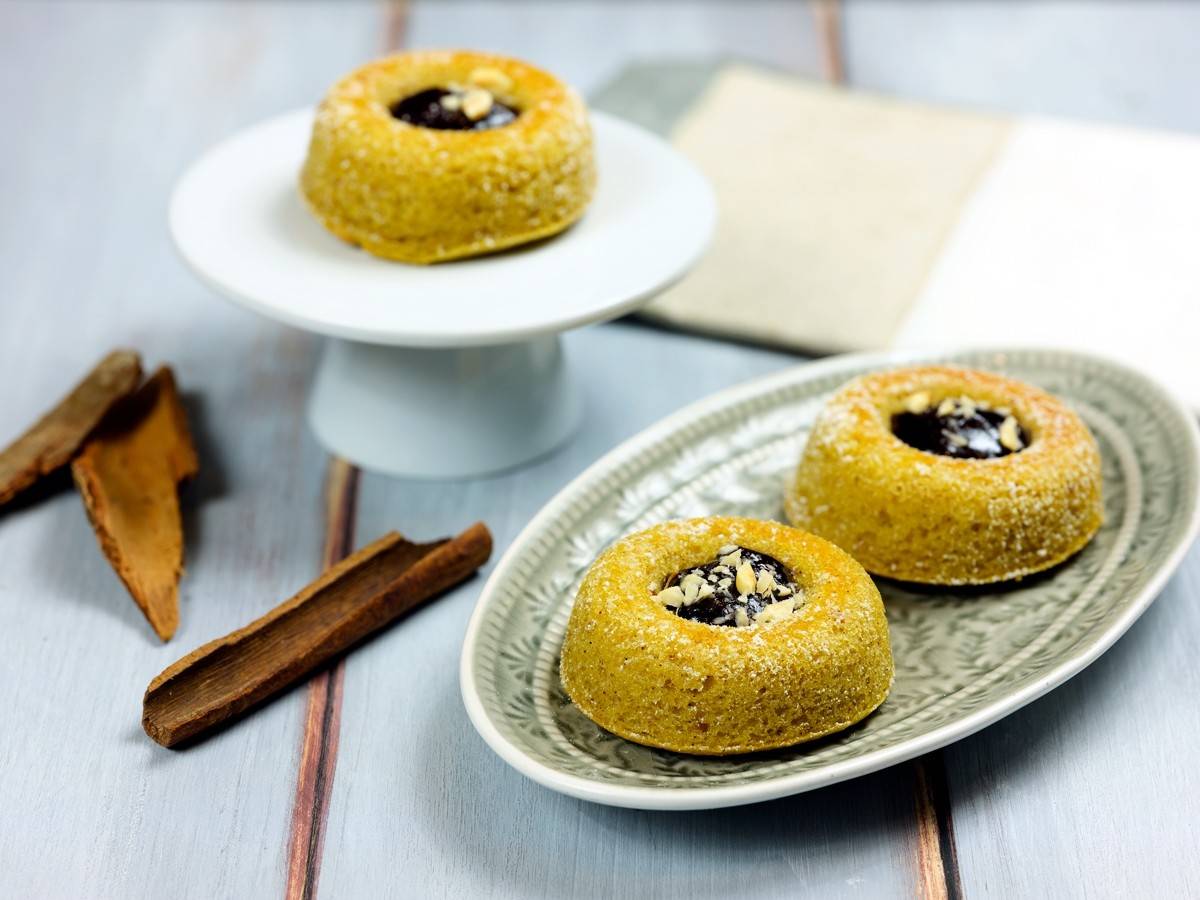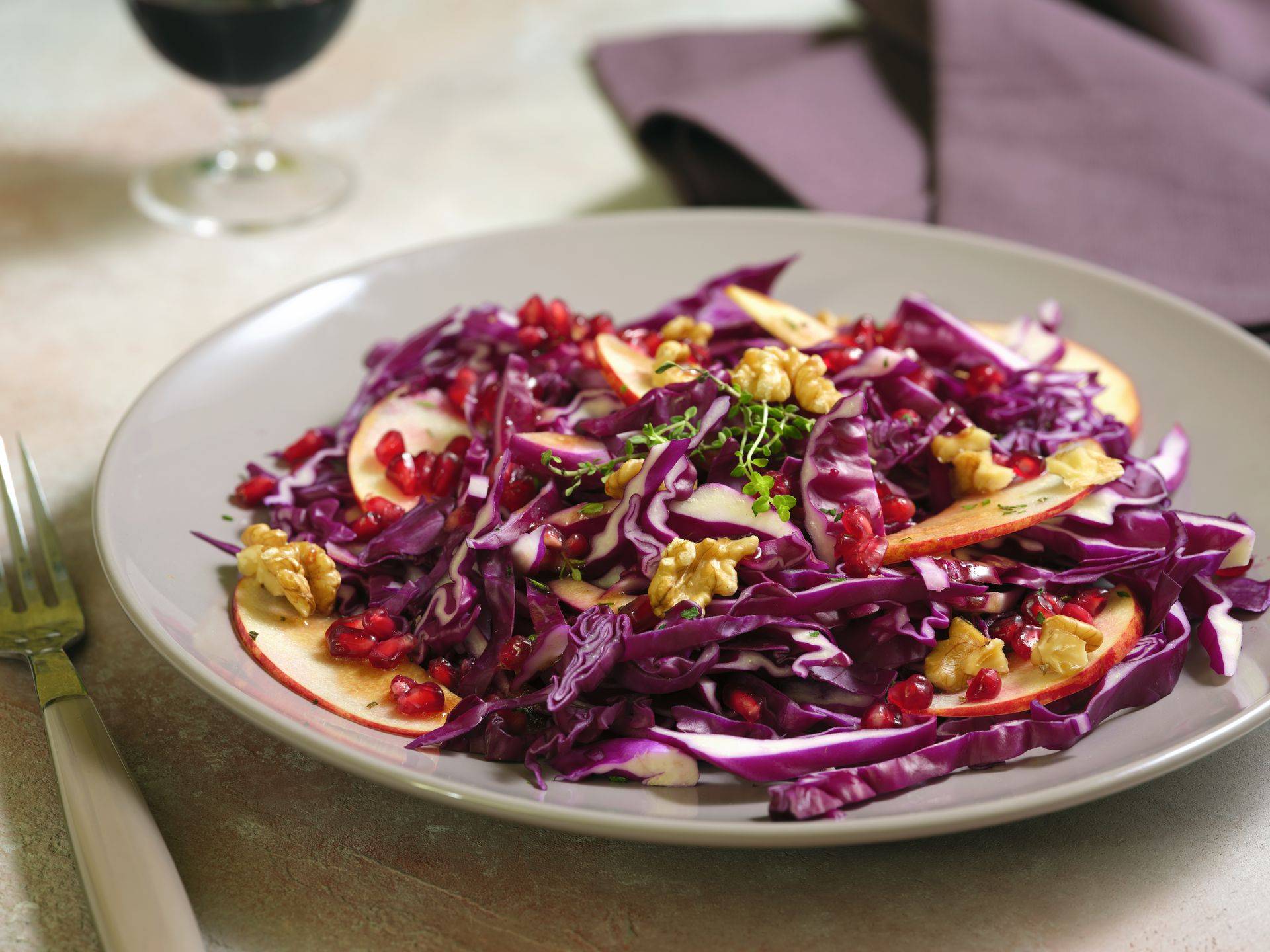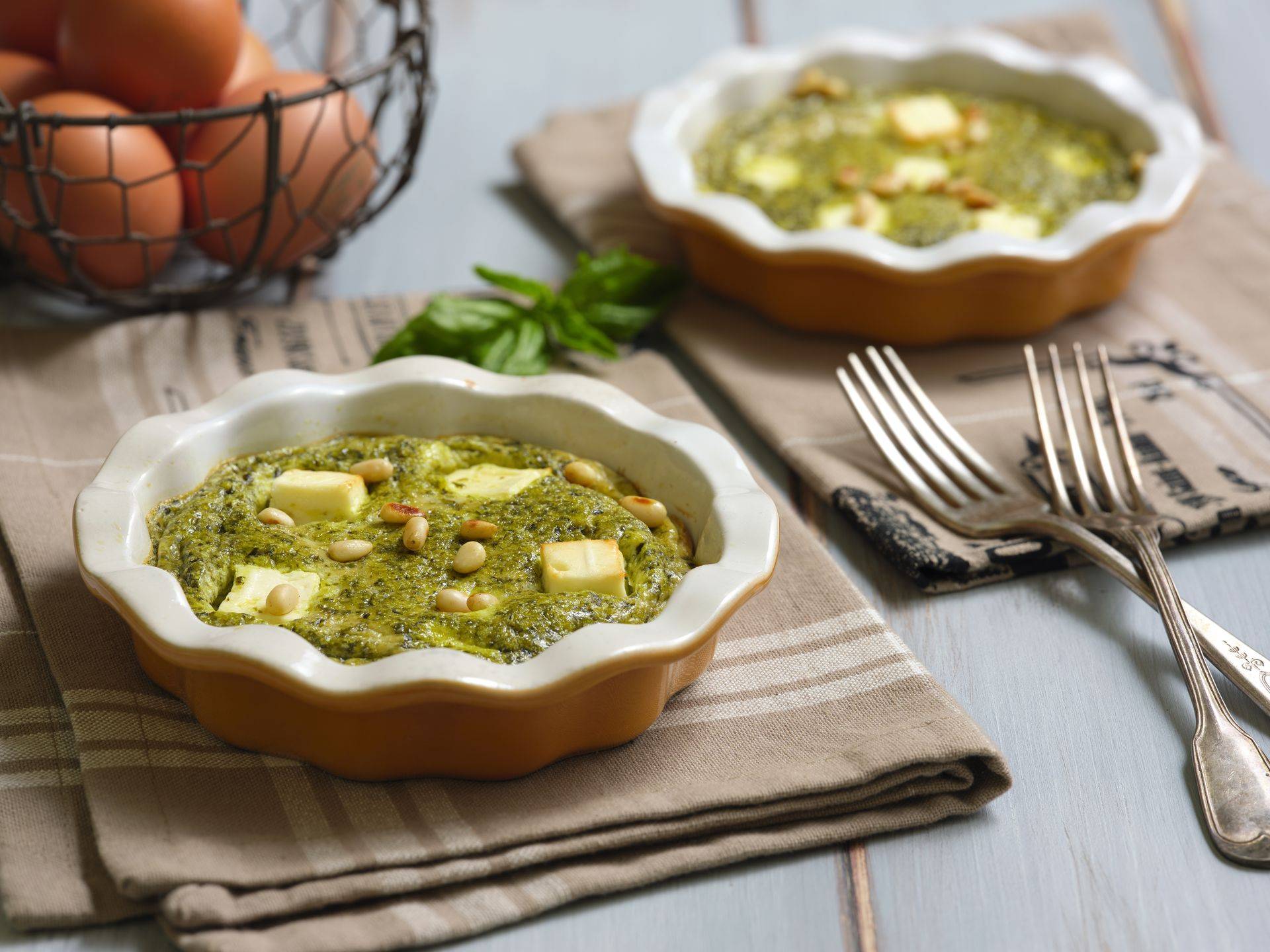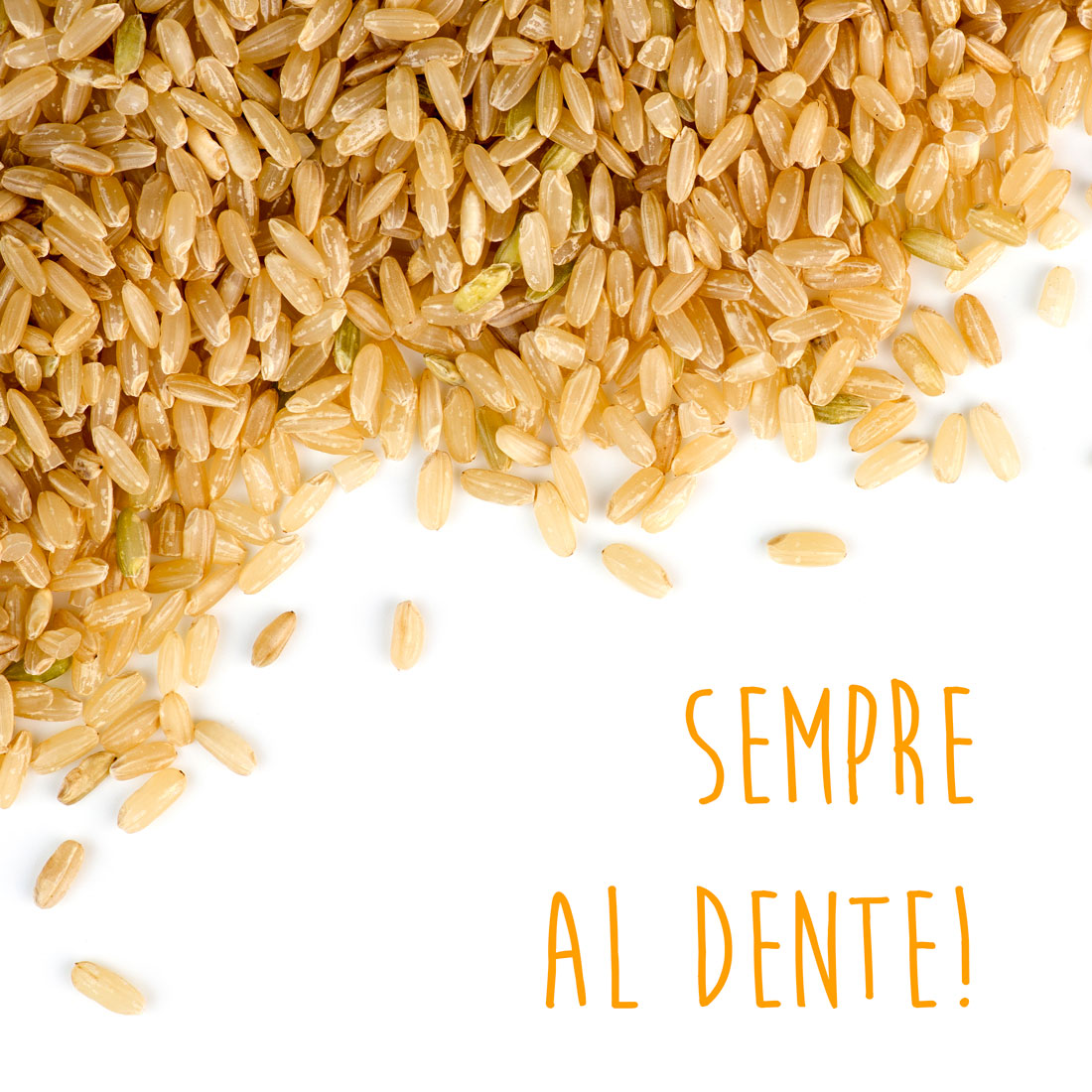
Whole Grain Rice: Properties and Benefits
Whole grain brown rice is characterized by long and thin grains, it holds up very well during cooking and always remains al dente.
Being whole grain (the grains are not stripped of the outer husk), it is particularly rich in fiber and is very filling.
It is not subjected to any bleaching or polishing treatment, so it retains all its natural properties and is significantly richer in nutrients compared to white rice. It also tends to be more digestible.
100 g of whole grain rice provide about 350 kcal, 2.2 g of fat, nearly 8 g of protein, and 2.2 g of dietary fiber. The remaining 75% of energy comes from carbohydrates.
Rice is a gluten-free cereal, so it is also suitable for celiacs.
Due to its high fiber content, it is suitable for both intestinal regularity and for those following a controlled dietary regimen aimed at weight loss or maintenance.
Whole grain rice has a lower glycemic index than white rice: it is therefore more suitable for diabetics and, in general, for glycemic control.
Furthermore, it contains beneficial nutrients and micronutrients for our health:
Some vitamins from the B group (B1, B2, B3, B5, and B6), vitamin E, vitamin K; in particular, the presence of niacin, a B-group vitamin, provides protective functions for the cardiovascular system and the gastrointestinal system.
Among the minerals, there is a decent amount of iron, sodium, potassium, phosphorus, and selenium, a potent antioxidant useful for the prevention of some cancers.
Additionally, a variety of amino acids are well represented, including: alanine, arginine, cystine, glutamic acid, aspartic acid, valine, tryptophan, leucine, lysine, glycine, serine, and tyrosine.
Whole grain brown rice has longer cooking times compared to white rice and tends to release less starch, which is why it is less suitable than white rice for making risottos. However, it is excellent for salads.
Ideal for one-pot dishes, combined with vegetables, nuts, and seeds, and especially perfect for those who need to prepare takeaway meals.
It can be used instead of bread as an excellent source of low glycemic index carbohydrates, served alongside meat or fish dishes with seasonal vegetable sides.
